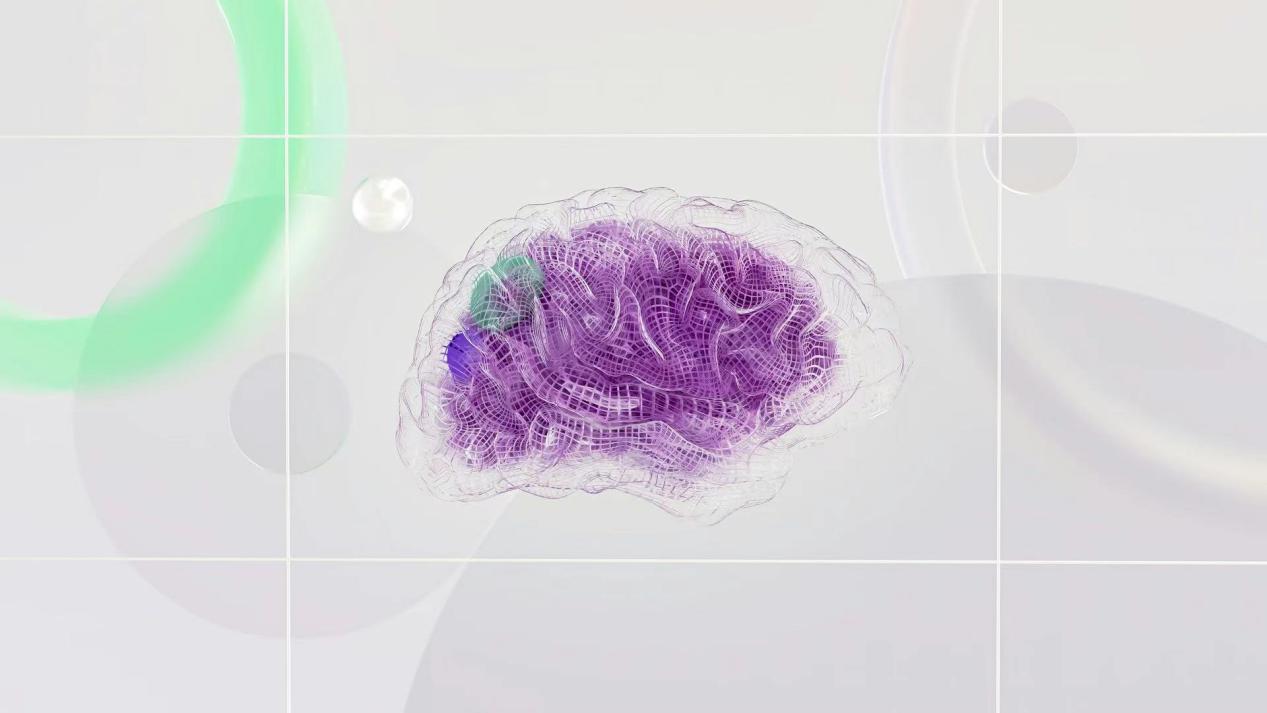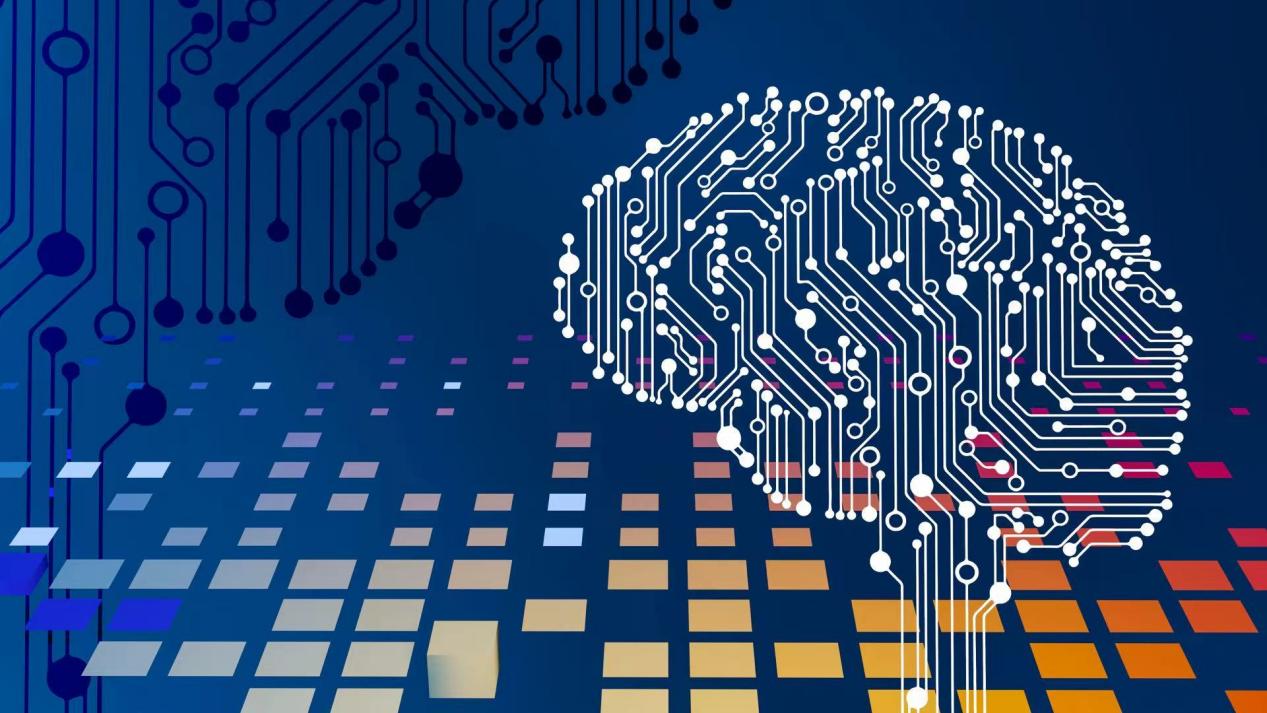In the dimly lit laboratory at Stanford University, a neuroscientist named Dr. Eleanor Chen was carefully placing a small, sleek device on her subject's scalp. The device, no larger than a postage stamp, emitted a faint hum as it began to deliver transcranial direct current stimulation (tDCS) to the prefrontal cortex. The subject, a 28-year-old graduate student named Marcus, was tasked with solving complex mathematical problems while his brain activity was monitored by electroencephalogram (EEG) sensors scattered across his head. What happened next was nothing short of remarkable.

Marcus's problem - solving speed increased by 47% within just 15 minutes of stimulation. More intriguingly, post - stimulation brain scans revealed heightened connectivity between the prefrontal cortex and the hippocampus, regions critical for executive function and memory. This experiment was part of a growing field exploring how targeted neuromodulation can enhance cognitive performance - a concept that challenges our conventional understanding of brain plasticity and human potential.
The story of Marcus and Dr. Chen isn't isolated. Across the globe, similar experiments are yielding fascinating results. At MIT's Brain and Cognitive Sciences Department, researchers developed a device called “Neuro Fit” that analyzes real - time brainwave patterns during physical exercise. When athletes wear this neuro-feedback system while training, it identifies optimal cognitive states for skill acquisition. For instance, Olympic - hopeful sprinter Jamal Thompson used Neuro Fit to refine his starting - block technique. The system detected micro - fluctuations in his motor cortex activity and provided immediate auditory feedback, allowing Jamal to adjust his neuromuscular coordination. Within eight weeks, his reaction time improved by 0.03 seconds - a seemingly small margin that could mean the difference between gold and obscurity in elite competition.
Perhaps even more captivating is the case of Clara Bennett, a professional pianist who struggled with performance anxiety. Researchers at the University of London created a device called “Calm Neuro” that interfaces with the autonomic nervous system. By monitoring Clara's heart rate variability and skin conductance (markers of stress response), Calm Neuro delivered imperceptible electrical pulses to her vagus nerve. During a concert at Royal Albert Hall, Clara's error rate decreased by 61% compared to previous performances. Post - performance interviews revealed she experienced what psychologists call “flow state” - a condition characterized by complete absorption in the task and effortless concentration.

These technological interventions aren't merely academic curiosities. They're sparking ethical debates about human enhancement. When I spoke with Dr. Raj Patel, a bioethicist at Oxford, he posed a provocative question: “If cognitive enhancement technologies become widely available, does this create a new form of inequality? And more fundamentally, are we Altering the essence of what it means to achieve through personal effort?”
Yet the potential applications extend far beyond enhancing performance. At Harvard’s Wyss Institute, scientists are developing “Brain Wave” — a non - invasive neurostimulation system designed for patients with post - stroke aphasia. By modulating activity in Broca’s and Wernicke’s areas, Brain Wave helps re - establish neural pathways for language processing. One patient, 54 - year - old former teacher Samuel Lee, regained the ability to form coherent sentences after six months of treatment. What makes Brain Wave particularly innovative is its adaptive algorithm, which adjusts stimulation parameters based on the patient's progress and real - time neural feedback.
Perhaps the most surprising application comes from an unexpected quarter: the gaming industry. Neuro Gaming, a San Francisco - based startup, created “Mind Forge” — an EEG - controlled virtual reality platform. Players navigate challenges by focusing, relaxing, or even visualizing specific movements. The system translates these mental states into in - game actions. What's fascinating is that extended play on Mind Forge correlates with improved attention span and emotional regulation in users. A study published in Nature Neuroscience found that teenagers who played Mind Forge for 20 minutes daily showed a 34% reduction in ADHD - related symptoms after three months.

As these technologies evolve, they’re forcing us to reconsider our relationship with our own cognition. Are we merely operators of biological machinery that can be tuned like instruments? Or is there something irreducibly human that these technologies might either enhance or diminish? When I revisited Marcus from the Stanford experiment six months later, he shared an unexpected insight: “The device didn’t just make me faster at math. It changed how I approach problems in general. I see patterns now that I was blind to before.”
In the quiet hum of laboratories and the vibrant buzz of tech startups, scientists and engineers are crafting tools that blur the line between mind and machine. These innovations promise not just to treat deficits or enhance abilities, but to fundamentally re - imagine what human cognition can achieve. As we stand at this threshold of neurotechnological possibility, we're not just witnessing scientific progress - we're participating in a profound redefinition of human potential.



